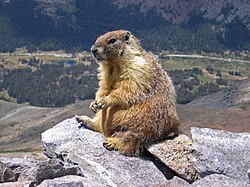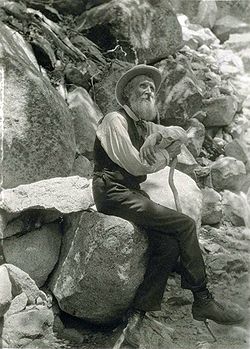The following is a bibliography of the Sierra Nevada of California, United States, including books on recreation, natural history, and human history. [1] [2]
Contents
- Recreation
- General travel
- Hiking and climbing
- Skiing
- River rafting
- Natural history
- Multi-subject
- Flora/Vegetation
- Fauna
- Geology
- History
- Place names
- Explorations
- Biographies
- Indigenous people
- References










